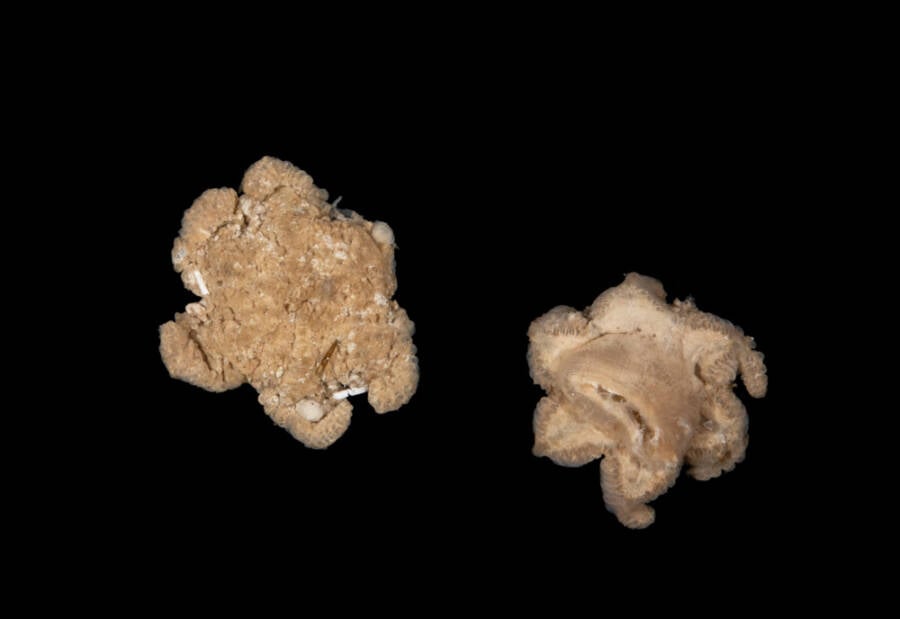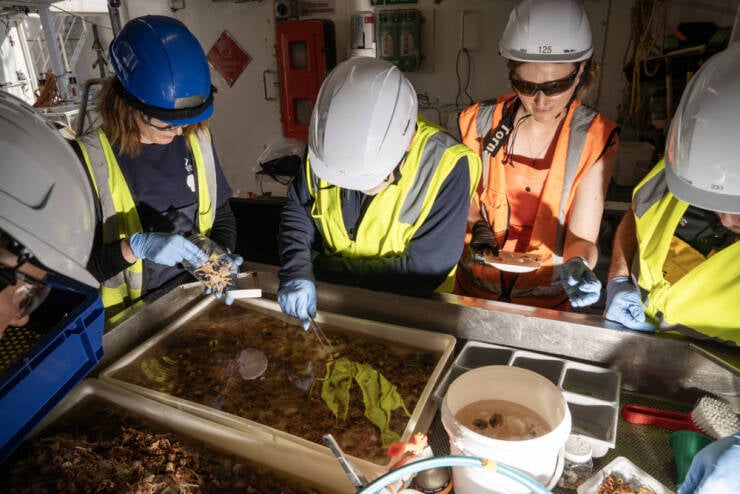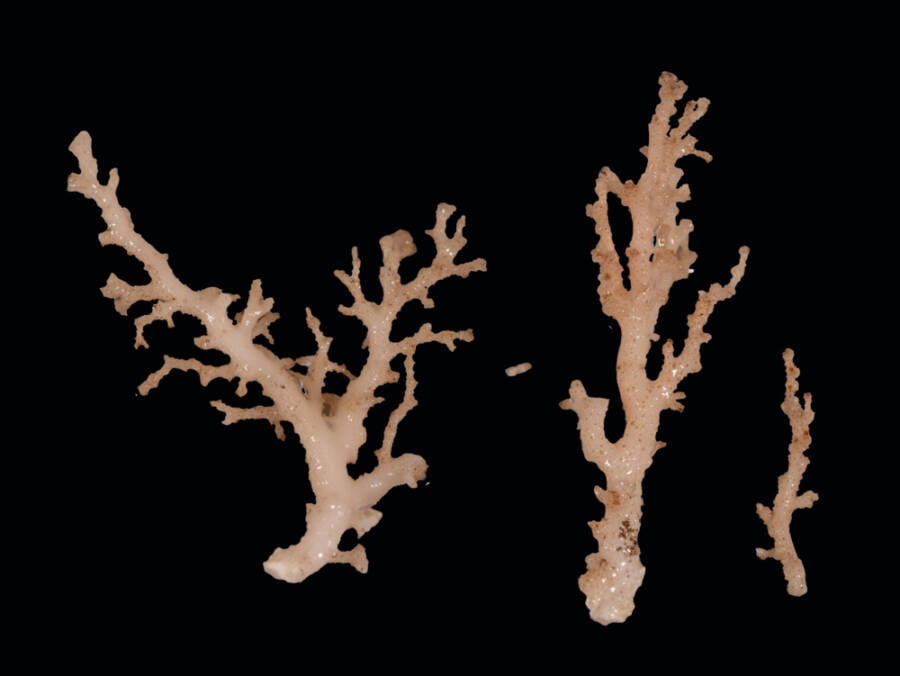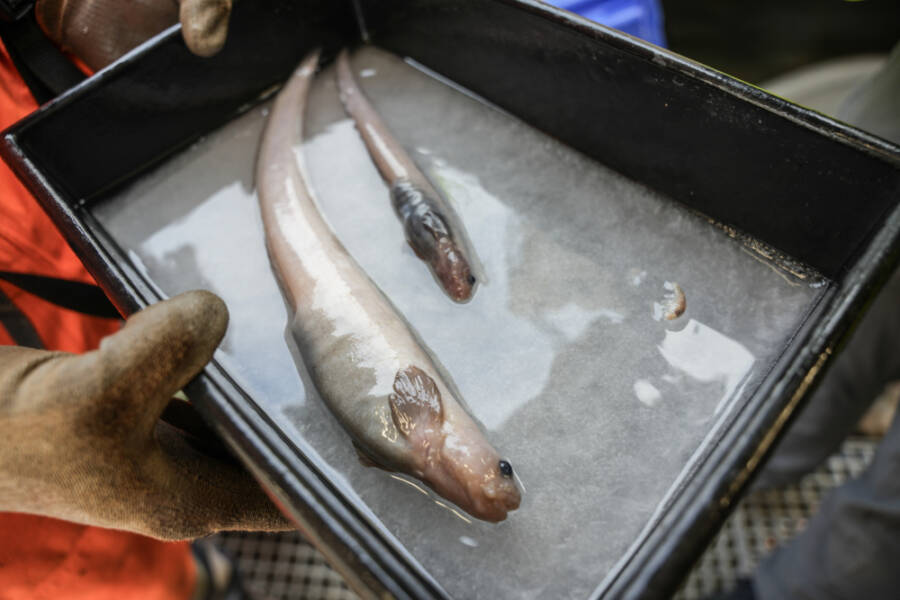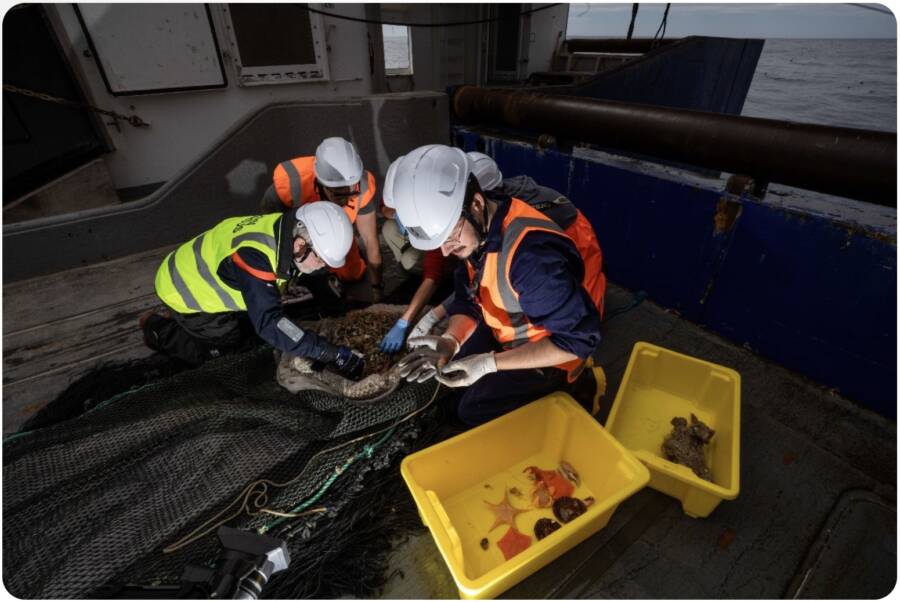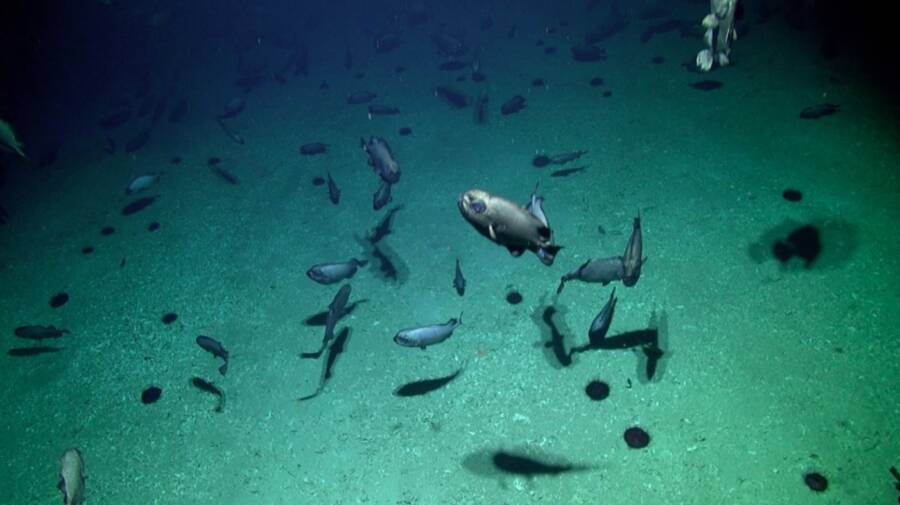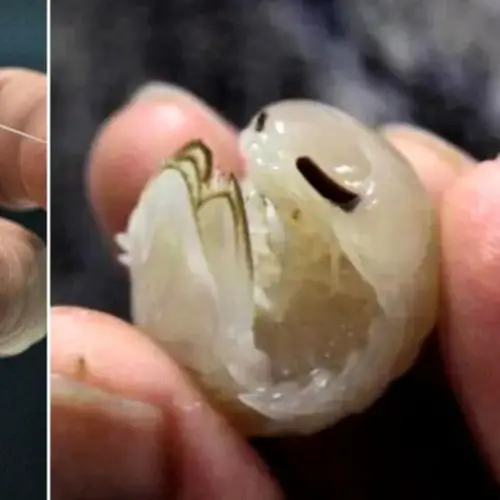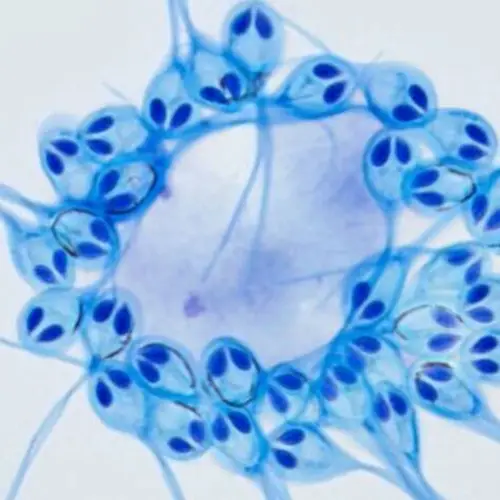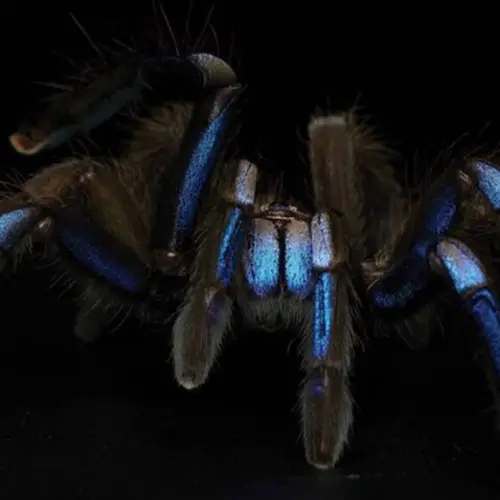Over the course of a three-week expedition, Ocean Census collected nearly 1,800 samples and discovered more than 100 new species.

Ocean Census/NIWAA deep sea fish discovered by Ocean Census.
Off the coast of New Zealand is a deep oceanic rift known as Bounty Trough, a name that is seemingly well-earned — as it recently supplied scientists with a bounty of new discoveries in the form of roughly 100 previously unknown species of marine life.
The discoveries came after a three-week voyage undertaken by Ocean Census, a global alliance founded by the Nippon Foundation and a United Kingdom-based ocean exploration organization called Nekton.
With the help of the National Institute of Water and Atmospheric Research (NIWA), Ocean Census was able to explore Bounty Trough in the Tangaroa research vessel, collecting nearly 1,800 samples from depths of more than 15,000 feet.
This diverse array of specimens revealed a startling number of new species.
The Newly-Discovered Species From Bounty Trough
"It looks like we have a great haul of new, undiscovered species. By the time all our specimens are examined, we will be north of 100 new species," said Ocean Census' science director Dr. Alex Rogers in a press statement. "But what's really surprised me here is the fact this extends to animals like fish — we think we've got three new species of fish."
Bounty Trough is a nearly 500-mile-long oceanic rift off the east coast of New Zealand's South Island named after the Bounty Islands. Those islands were, in turn, named after an 18th-century British merchant ship, the HMS Bounty.
Bounty Trough comprises an area of roughly 38,000 square miles, but until now, it was largely uncharted, and nobody knew just how much biodiversity could be found within its depths.
"We've gone to lots of different habitats and discovered a whole range of new species, from fish to snails, to corals and sea cucumbers — really interesting species that are going to be new to science," said voyage co-leader and NIWA marine biologist Sadie Mills.
"Ocean Census has enabled us to explore an area of Aotearoa's deep seafloor that we previously knew little about in terms of the animals that live there."
Deep sea trenches such as Bounty Trough often play host to creatures who have learned to survive — and even thrive — in environments characterized by high pressure, darkness, and cold temperatures. The results are often alien-like and strange to us surface-dwellers.
In addition to the three fish species discovered in Bounty Trough, researchers also found a wide range of other creatures, including mollusks, a cephalopod, shrimp, and coral.
One find, in particular, left experts baffled.
As Queensland Museum Network taxonomist Dr. Michela Mitchell explained, the team came across a creature they initially believed to be a sea star or an anemone, but it has so far failed to fit into either category.
"We've got a lot of experts here having a look who are very excited," Mitchell said. "We now think it could be a new species of octocoral, but also a new genus. Even more excitingly, it could be a whole new group outside of the octocoral. If it is, that is a significant find for the deep sea and gives us a much clearer picture of the planet's unique biodiversity."
Experts Have 'Barely Scratched The Surface' Of Bounty Trough
The new species are now being sorted and classified at NIWA and the Museum of New Zealand Te Papa Tongarewa so that they may be officially added to the catalog of New Zealand's biodiversity.
"It was a privilege to collaborate with NIWA and Ocean Census. While our findings are significant, we know that we've barely scratched the surface of the Bounty Trough — there's a whole other world of fauna still waiting to be discovered," said Andrew Stuart, a curator of fish at Te Papa.
Other experts expressed excitement about the possibility of even more new species being discovered in similar trenches around the world.
For now, though, there is still plenty of work to be done at Bounty Trough. As for Ocean Census, it is clear that this joint alliance of multinational scientists is living up to its potential.
"The partnership with professional scientists from NIWA and Te Papa and the ship's crew from the RV Tangaroa has led to a transformative change in our understanding of this remote part of the ocean and the species that live within it, leaving a fantastic legacy for the people of New Zealand," Rogers said.
After seeing these strange, newly-discovered creatures, read about seven deep-sea fish that look like something out of a Lovecraft story. Then, check out Alexander Semenov's stunning deep sea photography.
